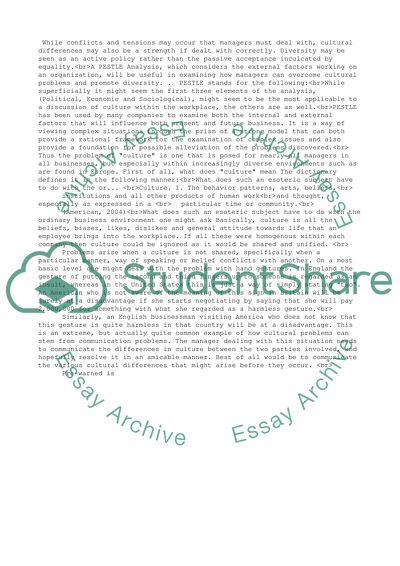Cite this document
(“Managing Diversity and Equality Assignment Example | Topics and Well Written Essays - 4500 words”, n.d.)
Managing Diversity and Equality Assignment Example | Topics and Well Written Essays - 4500 words. Retrieved from https://studentshare.org/business/1514798-managing-diversity-and-equality-assignment
Managing Diversity and Equality Assignment Example | Topics and Well Written Essays - 4500 words. Retrieved from https://studentshare.org/business/1514798-managing-diversity-and-equality-assignment
(Managing Diversity and Equality Assignment Example | Topics and Well Written Essays - 4500 Words)
Managing Diversity and Equality Assignment Example | Topics and Well Written Essays - 4500 Words. https://studentshare.org/business/1514798-managing-diversity-and-equality-assignment.
Managing Diversity and Equality Assignment Example | Topics and Well Written Essays - 4500 Words. https://studentshare.org/business/1514798-managing-diversity-and-equality-assignment.
“Managing Diversity and Equality Assignment Example | Topics and Well Written Essays - 4500 Words”, n.d. https://studentshare.org/business/1514798-managing-diversity-and-equality-assignment.


